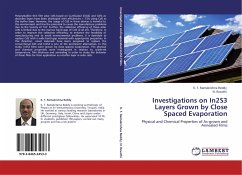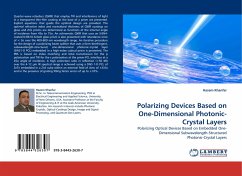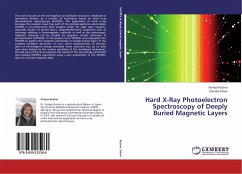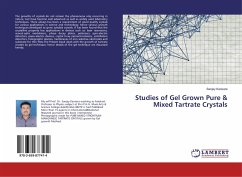Polycrystalline thin film solar cells based on CuInGaSe2 (CIGS) and CdTe as absorber layers have been developed with efficiencies 15% using CdS as the buffer layer. However, the usage of CdS in these devices is harmful to the environment and has the potential to cause the manufacture problems due to the toxicity of Cd . Further, the collection efficiency of these solar cells is limited due to the narrow band gap of CdS (2.42 eV). Therefore, in order to improve the collection efficiency, to enhance the feasibility of manufacturing and to avoid environmental problems, it is desirable to replace CdS with a wide band gap material with appropriate properties. In this direction, novel materials have been proposed to replace the conventional CdS and In2S3 is one of the prominent alternatives. In this study, In2S3 films were grown by close spaced evaporation. The physical and chemical properties were investigated in relation to substrate temperature, film thickness and annealing in order to study the behavior of these films for their application as a buffer layer in solar cells.








